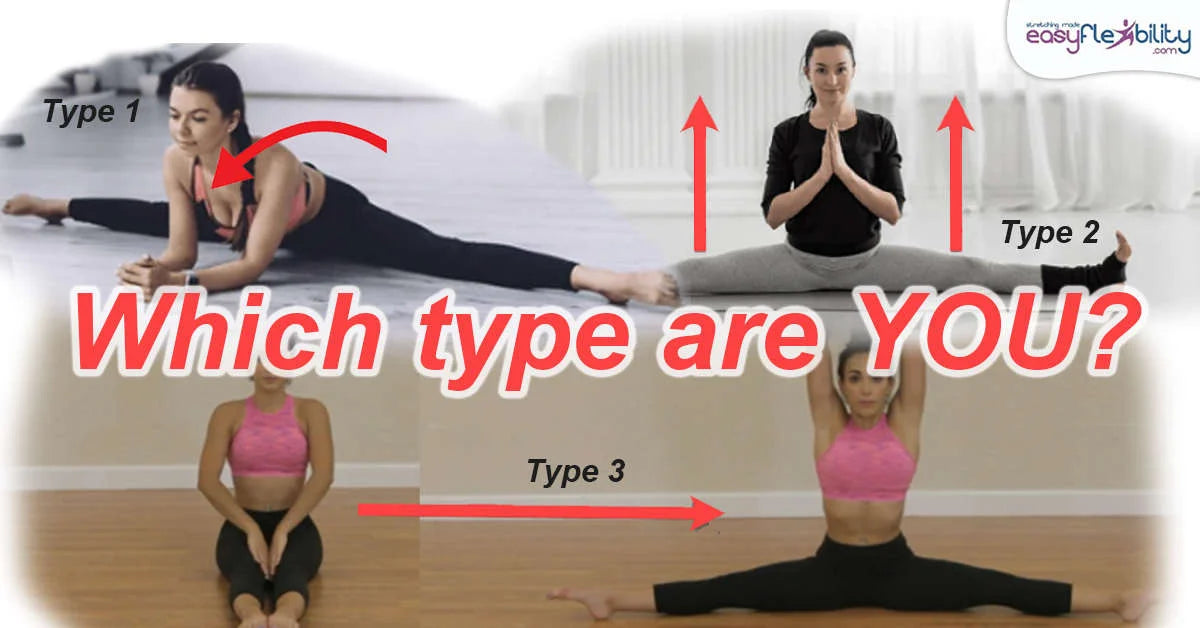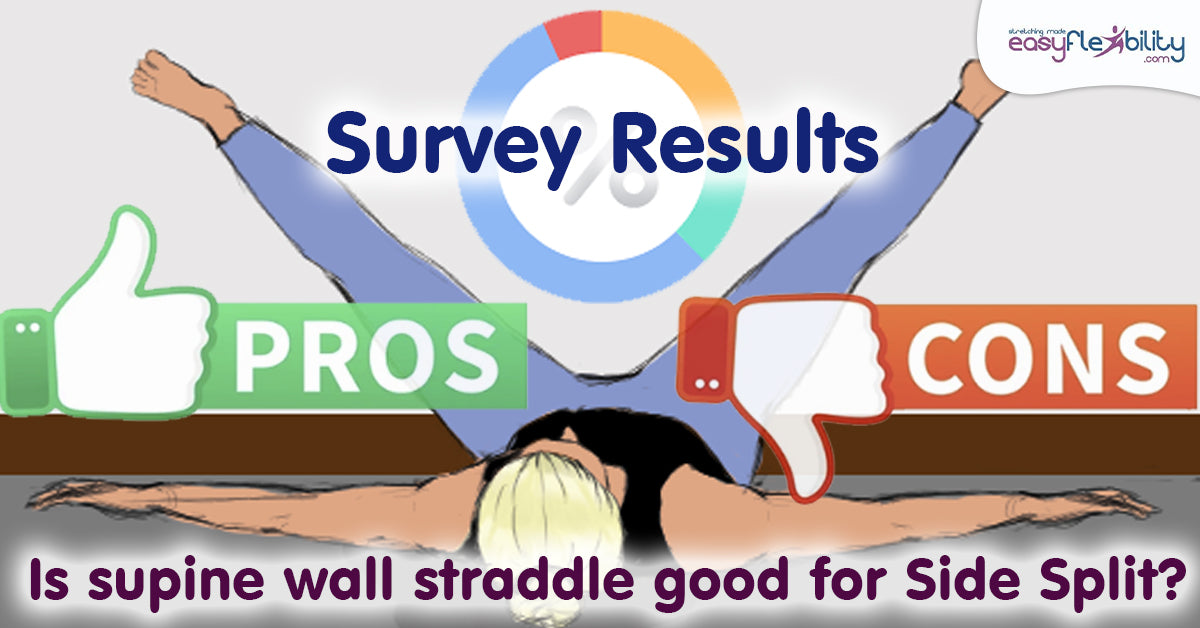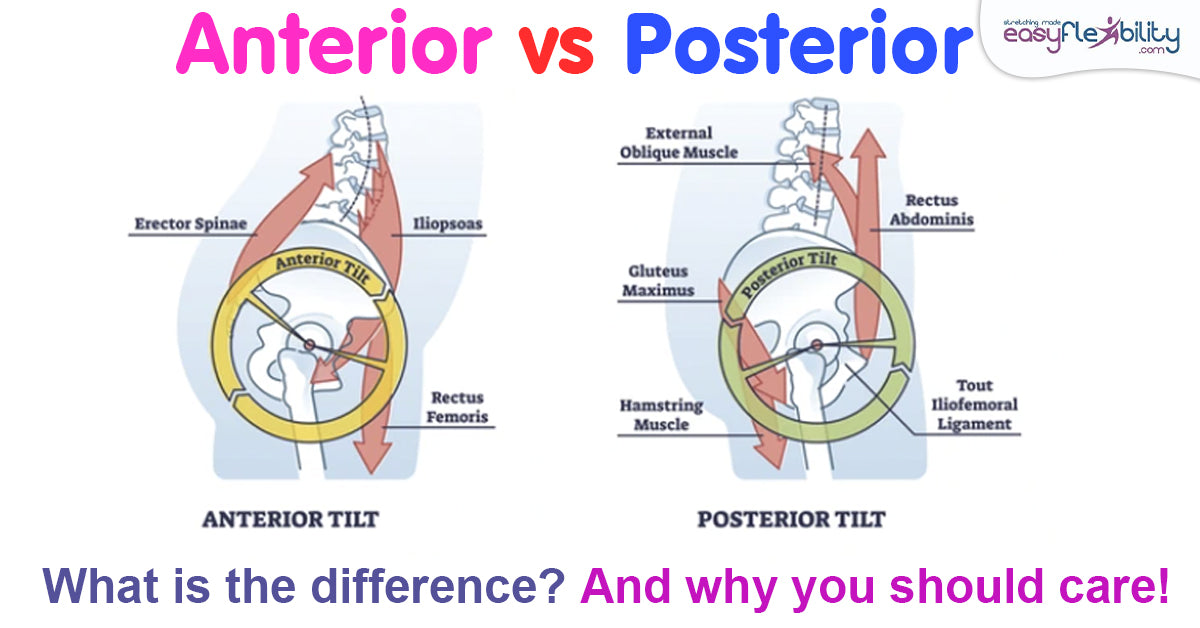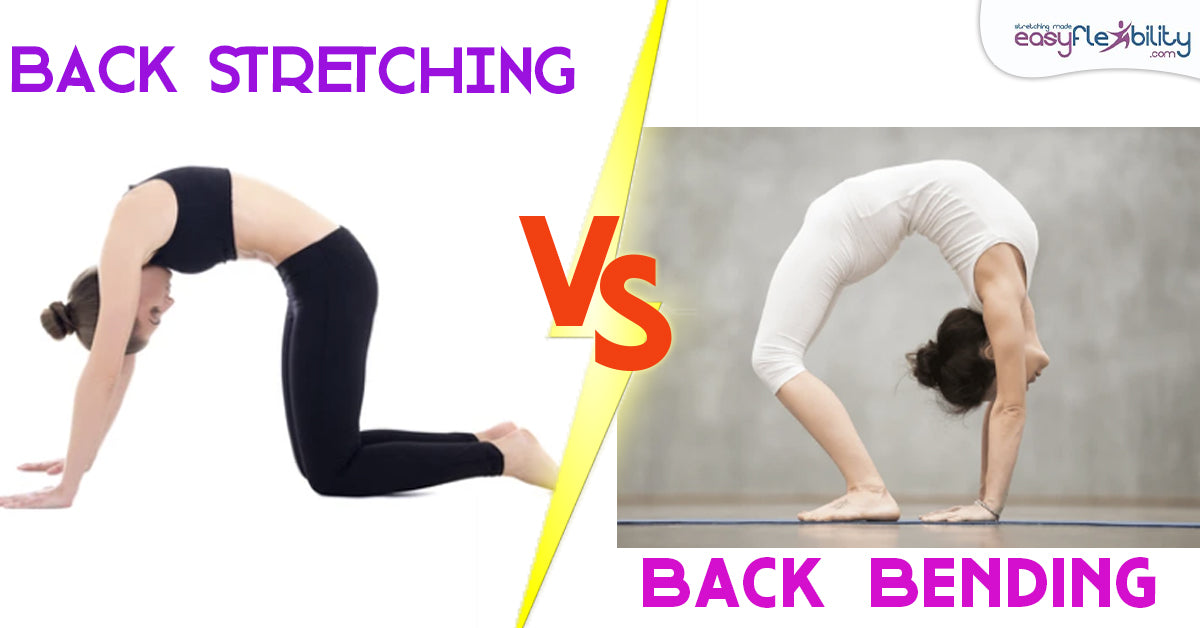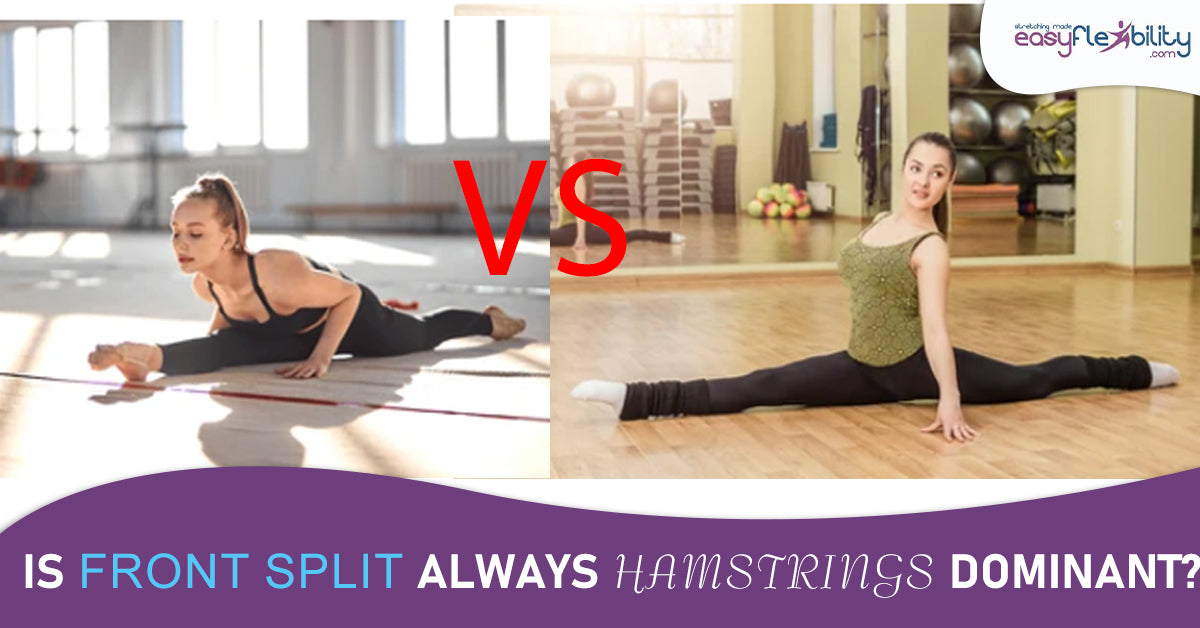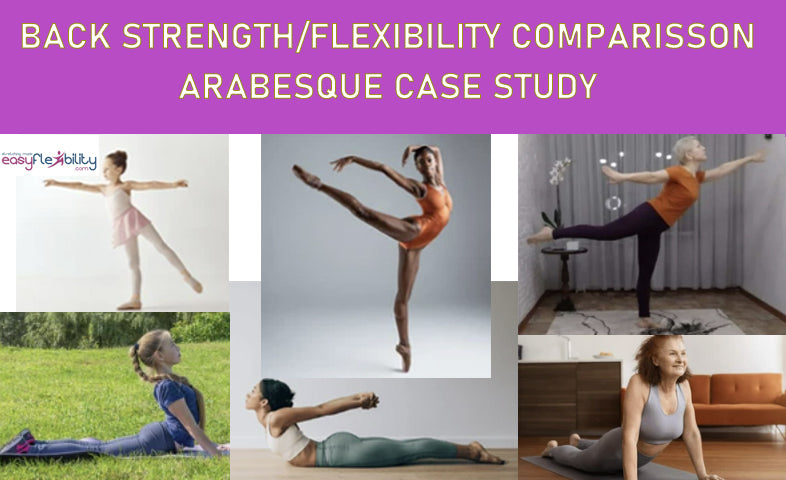How to over-stretch without over-stretching
Posted by Paul Zaichik on

Since this question usually comes up in reference to a straddle, we might as well call this article:
“How to Over-Split without Over-splitting”
Are you familiar with benefits of over-stretching?
I had more people express concern about over-splitting in a center split, than in forward splits.
Many of the students who ask about this, want to have free range of motion at 180 degrees (something a full straddle does not provide) but are concerned about their joints.

Interestingly enough many don’t have any joint pains. Some, however, do have pain and usually in one of the hip joints. Please see this article to understand common mechanism of this unilateral injury.

How to Achieve "Restriction-Less" Movement
So now can you achieve the same “restriction-less” movement that over-splitting provides without actually over splitting? Technically you can.
There are two ways to do it.
Method 1. Stretch in each direction while in a straddle. This means that technically your legs don’t go past 180, but your muscles do.
A. Stretch to each leg
B. Stretch chest to floor (toes up)
C. Stretch 45 degrees, between forward and sideways.
B. Stretch chest to floor (toes up)
C. Stretch 45 degrees, between forward and sideways.
Sounds simple, but there is a bit of a challenge here:
- First, the legs will not want to remain straddled.
- Second, the spine will try to compensate for each movement that should take place at the hip joint.
- And third, if the muscles are overstretched on one side, the chance of injury goes up, when stretching that side.
Method 2. Use Zaichik Stretching Techniques (ZST).
ZSTs, except for ~Balance~ are not performed in a straddle. The challenge for many people is to see how these moves are related to a center split, meaning for example how exactly do exercises transfer into a split.
These are some ZST positions targeting different adductor muscles:

The advantage is spine is protected, muscles are isolated and straddle does not have to be forced.
To see one of these techniques in action and to try it for yourself watch the following video:
Adductors Strength & Flexibility
Online On-Demand Flexibility & Strength Training Program
Adductors are four muscles whose primary role is hip adduction. Adduction is pulling the limb toward the mid-line of the body.
Our program is different since it is the only program available that can target each muscle individually using proprietary Zaichik Stretching Techniques which results in fast flexibility gains, without pain, safely!
Our program is different since it is the only program available that can target each muscle individually using proprietary Zaichik Stretching Techniques which results in fast flexibility gains, without pain, safely!
© ElasticSteel Corp., EasyFlexibility, Paul Zaichik, et. El., 2022. No part of the materials available through ElasticSteel.com, EasyFlexiiblity.com, site may be copied, photocopied, reproduced, translated or reduced to any electronic medium or machine-readable form, in whole or in part, without prior written consent of Paul Zaichik EasyFlexibility.com, Elasticsteel.com.. Any other reproduction in any form without the permission of Paul Zaichik EasyFlexibility.com, Elasticsteel.com is prohibited. All materials contained on this site are protected by United States copyright law and may not be reproduced, distributed, transmitted, displayed, published or broadcast without the prior written permission of Paul Zaichik, EasyFlexibility.com, Elasticsteel.com.
Share this post
- 0 comment
- Tags: split stretching
0 comment



